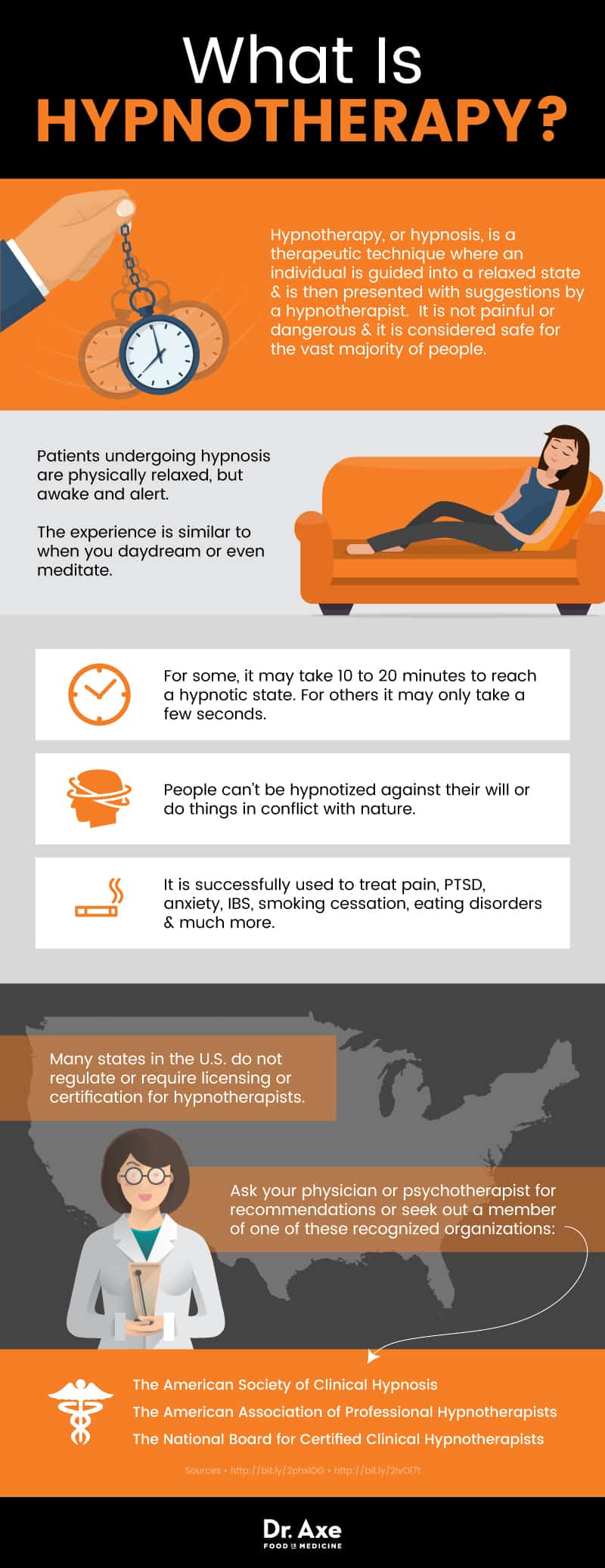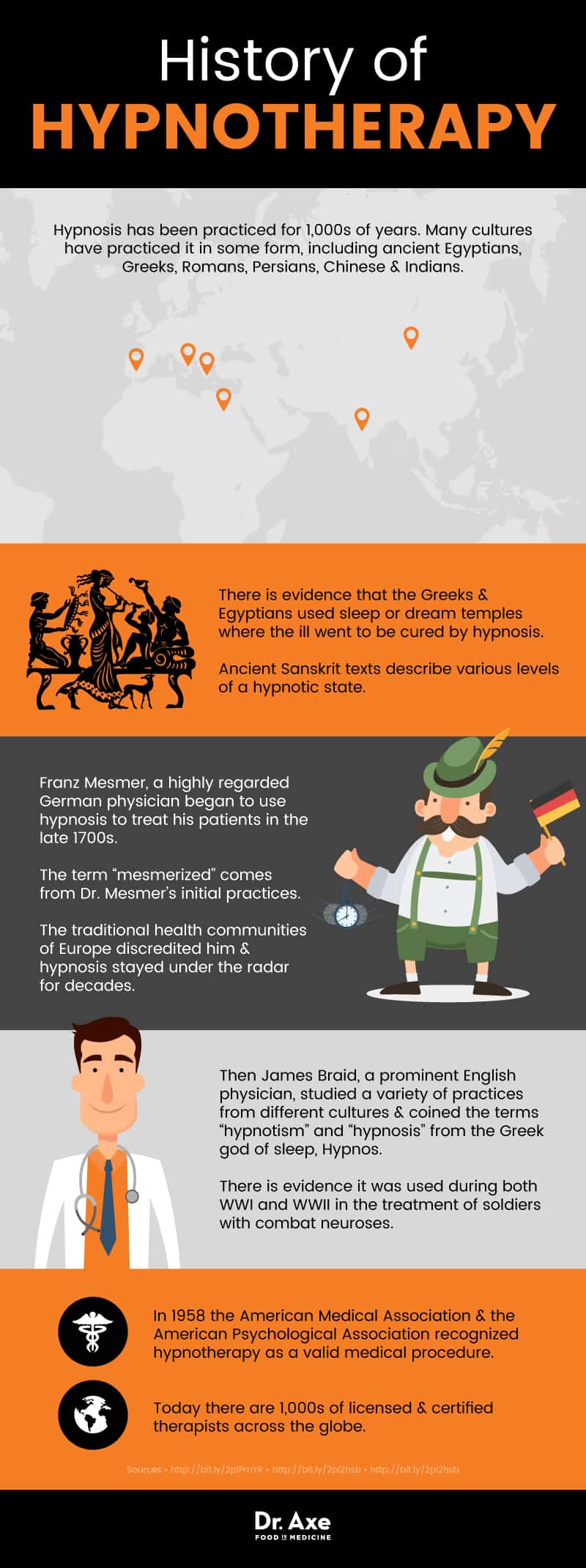This Dr. Axe content is medically reviewed or fact checked to ensure factually accurate information.
With strict editorial sourcing guidelines, we only link to academic research institutions, reputable media sites and, when research is available, medically peer-reviewed studies. Note that the numbers in parentheses (1, 2, etc.) are clickable links to these studies.
The information in our articles is NOT intended to replace a one-on-one relationship with a qualified health care professional and is not intended as medical advice.
This article is based on scientific evidence, written by experts and fact checked by our trained editorial staff. Note that the numbers in parentheses (1, 2, etc.) are clickable links to medically peer-reviewed studies.
Our team includes licensed nutritionists and dietitians, certified health education specialists, as well as certified strength and conditioning specialists, personal trainers and corrective exercise specialists. Our team aims to be not only thorough with its research, but also objective and unbiased.
The information in our articles is NOT intended to replace a one-on-one relationship with a qualified health care professional and is not intended as medical advice.
Hypnotherapy: Benefits of the Power of Suggestion
March 19, 2018

Hypnotherapy — practiced in one form or another for thousands of years — is used successfully today to treat pain, PTSD, anxiety, IBS, smoking cessation, eating disorders and much more. Proper hypnosis isn’t what you see on television or stage — it isn’t a parlor game — and it shouldn’t be used to make people act silly.
It is a therapeutic tool that can help facilitate healing in many areas when lead by a licensed hypnotherapist. Hypnosis can provide both physical and emotional benefits. Research into this long-practiced technique continues to divulge benefits for a wide range of physical and mental conditions. (1)
The experience of hypnosis is similar to when you daydream or even meditate. You experience a heightened state of concentration where your mind eliminates distractions allowing you to become more open to suggestions. (2)
Hypnosis as a practice has evolved over thousands of years with many doctors and therapists of note participating in its evolution. Today, oncologists, psychotherapists, psychologists, endocrinologists and gastroenterologists, just to name a few, are finding ways to incorporate hypnosis into their treatment plans.
What Is Hypnotherapy?
Hypnotherapy, or hypnosis, is a therapeutic technique where an individual is guided into a relaxed state and then presented with suggestions by a hypnotherapist. (3) It is not painful or dangerous, and it is considered safe for the vast majority of people.
Some therapists use hypnosis to make people more alert, but most sessions are focused on relaxation, well-being and a sense of calmness. Therapists focus the patient on pleasant images and experiences. (4)
Hypnotherapy is also now recognized as a way to extract information from crime victims or those who witnessed a crime. In these sessions, it is not about a sense of calm, but more about hyper-focus and remembering details. Forensic hypnosis, as it is called, is used to aid in investigations. Sometimes the results of sessions are admissible in court. (5)
According to Harvard Medical School, patients undergoing hypnosis are physically relaxed but awake and alert. For some, it may take 10 to 20 minutes to reach a hypnotic state and for others it may only take a few seconds. (6) Hypnotherapists may use visual imagery to guide the patient into a relaxed state where they are more welcoming to suggestions. Harvard Medical School defines three states of hypnosis:
Absorption: The patient is oblivious to others and the focus is very narrow on the therapist.
Suggestibility: The patient is highly responsive to social and environmental cues. This state is based on the premise that the hypnotic state is not altered consciousness, but rather our susceptibility to influence. Meaning the hypnotic state is a result of our willingness to comply with a suggestion given by a trusted therapist.
Dissociation: This state is where is there is a divided awareness between the conscious and subconscious. As an example, a hypnotherapist suggests to a patient that they are blind, but then asks them to raise their hand if they see a book the therapist is holding. They raise their hand, but later, when they are out of the hypnotic state, when asked the same question, they don’t remember seeing the book, but their hand raises. This phenomenon is referred to as the “hidden observer” by some in the scientific community.
One of the common misconceptions about hypnosis is that the patient feels their actions are compelled, and that they have no ability to refuse them. This simply isn’t true. People can’t be hypnotized against their will or do things in conflict with nature. And, most people can bring themselves out of the hypnotic state at any time during a session.
Hypnosis is a valuable tool in the hands of a medically trained professional. It should not be used for entertainment or by a practitioner who doesn’t have the full scope of a patient’s medical history and wellness goals.
How It Works
There are many theories on how and why hypnosis works. Some experiments suggest that those under hypnosis have two distinct systems of consciousness while other theories point to a level of susceptibility to outside influences.
Dr. Max Shapiro with Massachusetts General Hospital, one of the leading voices and researchers today for hypnosis, believes that the body and thoughts become more focused while physically the heart rate and blood pressure lowers. In this relaxed state, the conscious mind becomes less alert, and the subconscious mind becomes more focused. (7)
“A hypnotic trance empowers people to activate neural circuits that are otherwise hidden. This circuitry can activate greater comfort for pain relief, greater mental focus for certain activities, and greater self-esteem” says Dr. Shapiro.
While sessions can take a variety of different forms, they generally follow a pattern: (8)
- Therapist and patient identify the goals of the session
- Patient is urged to relax through a variety of techniques
- Patient is engaged with words or guided imagery
- Patient lets go of critical thoughts
- Patient complies with suggestions
- Patient returns to awareness
- Patient and therapist reflect on the experience
Again, most patients in a hypnotic state have the ability to come out of the trance at any time. Their minds are aware of their surroundings, while their subconscious is focusing on an issue.
Dr. Shapiro indicates that in the treatment of pain and other conditions, the more susceptible to suggestion a patient is, the better the possible outcome. He stresses that the patient must be committed to the process and that the lessons learned during the sessions must be implemented at home for hypnosis to be successful.

Benefits
Allowing the subconscious to work on issues that the conscious may not be able to reach due to excess “noise” or other reasons can allow for greater exploration of emotional and physical ailments.
Today, across the globe, researchers are actively seeking answers on what hypnosis can do. Hypnosis is being studied for: (9)
- IBS in both children and adults
- Prevention of anxiety during coronary angiographs
- Depression
- Chronic pain
- Anxiety
- For those awaiting lung transplantations
- For blood concentration improvement in orthopedic surgery
- Dyspnea
- Stress reduction
- Stress reduction for children in undergoing treatment for a physical trauma
- Many, many treatments related to breast cancer
For pain, the treatment can be more complicated as the source and nature of the pain must be considered. Several studies show moderate-to-major relief for many types of pain.
For anxiety, hypnosis may help to reduce the physical discomfort of anxiety including rapid breathing, upset stomach and muscle tension. Controlling these symptoms through hypnosis can help patients feel less anxious.
For sleep, hypnosis and self-hypnosis techniques have been shown to be very effective in blocking out brain chatter that can cause insomnia. It may also work to energize the brain wave patterns that are connected to sleep, according to Dr. Shapiro. He reports that 9 out of 10 patients find hypnotherapy useful for insomnia! (10)
Interesting Studies to Note:
Breast Cancer Survivors & Hot Flashes. The drugs tamoxifen and anastrozole, two of the drugs commonly prescribed to prevent cancer recurrence, often have the side effects of hot flashes and night sweats. In many cases these side effects can be severe, causing significant disruption in life.
In a small study of breast cancer survivors who have 14 or more hot flashes each week, one half of the group received no treatment while the other half received weekly, 50-minute hypnosis, plus instructions for self-hypnosis at home. Sessions focused on relaxation and “coolness” imagery. Those who received hypnosis experienced a 68 percent drop in hot flash frequency and severity. They also felt less anxious and less depressed. (11)
Breast Cancer Patients Undergoing Biopsy or Lumpectomy. A small study in 2007 with results published in the Journal of the National Cancer Institute found that women who were hypnotized before undergoing a breast biopsy or lumpectomy required less sedation during the procedure and experienced less pain, nausea and emotional distress after the procedure. (12)
Smoking Cessation. A meta-analysis of randomized controlled trials looked at the role of acupuncture, hypnotherapy and aversive smoking techniques. This analysis was conducted by Jewish General Hospital of McGill University in Montreal, Quebec, Canada, found that both hypnosis and acupuncture show promise and may help smokers quit. They urge further study to focus treatments for the best results. (13)
Weight Loss. A randomized controlled, parallel study of two forms of hypnotherapy studied obese patients with obstructive sleep apnea. One group received dietary advice alone; one group received hypnosis focusing on stress reduction; and the final group received hypnosis for calorie reduction. All three groups lost between 2 percent and 3 percent of body weight at three months, but only the group that received stress reduction hypnotherapy showed significant weight loss at 18 months.
The results, published in the International Journal of Obesity and Related Metabolic Disorders, indicate promise for the use of hypnotherapy in long-term weight loss and researchers encourage further clinical trials. (14)
History
Hypnosis, in one form or another, has been practiced for thousands of years. In fact, virtually every culture has practiced it in some form, including the ancient Egyptians, Greeks, Romans, Persians, Chinese and Indians. There is evidence that the Greeks and Egyptians used sleep or dream temples where the ill went to be cured by hypnosis and ancient Sanskrit texts describe various levels of a hypnotic state. (15)
Franz Mesmer, a highly regarded German physician, began to use hypnosis to treat his patients in the late 1700s. He believed that there was an invisible fluid in the body and acted in accordance with the laws of magnetism and disease was a result of blockages or obstacles in the fluid. To break through the obstacles, he induced patients into trance-like states. (16)
He believed an outside, perhaps occult force, flowed from him into his patient, relieving the blockage. The term “mesmerized” comes from Dr. Mesmer’s initial practices. The traditional health communities of Europe discredited him, and hypnosis stayed a bit under the radar of health practices for decades until James Braid, a prominent English physician studied a variety of practices from different cultures and coined the terms “hypnotism” and “hypnosis” from the Greek god of sleep, Hypnos. (17)
In the 19th century, Auguste Ambrose Liebeault, along with Hippolyte Bernheim, founded the Nancy School in France where they treated patients with hypnosis. Both of these physicians wrote books on their practice and treated a wide range of patients. In four years, they claimed 5,000 hypnotic inductions that produced a 75 percent success rate. Jean Marin Charcot was also investigating hypnotism, and while he believed it was a form of hysteria, he continued his research until his death. (18)
Sigmund Freud spent time with Charcot and had visited the Nancy School. He began to use hypnosis and later he wrote “Studies in Hysteria.” Freud continued to use hypnosis for some patients in his practice. However, as his theory of psychoanalysis progressed, he moved away from hypnotism to free association. Other physicians around the world continue to explore the benefits of hypnosis and there is evidence it was used during both World War I and World War II in the treatment of soldiers with combat neuroses.

In the years following, physicians continued to explore the use of hypnosis for a variety of illnesses and ailments with Milton H. Erikson and C.L. Hull in the lead with their book, “Hypnotism and Suggestibility,” in 1933. Dr. Erikson is one of the leaders who helped transition the style of hypnotism away from the “mesmerist” to a more permissive style based on persuasive language. He used hypnotherapy in his practice and is considered one of the pioneers of modern day hypnotherapy. (19)
Finally, in 1958 the American Medical Association and the American Psychological Association recognized hypnotherapy as a valid medical procedure and today, there are thousands of licensed and certified therapists across the globe, and research into the potential benefits of hypnotherapy continues to expand with hundreds of randomized controlled trials currently in progress or recruiting for patients.
How to Find a Good Hypnotherapist
Many states in the United States do not regulate or require licensing or certification for hypnotherapists. Ask your physician or psychotherapist for recommendations. You can also seek out members of recognized groups, including:
The American Society of Clinical Hypnosis
The American Association of Professional Hypnotherapists
The National Board for Certified Clinical Hypnotherapists
Precautions
Hypnosis is generally considered a safe therapeutic tool when conducted by hypnotherapy professionals. However, for the best results, the therapist needs the full medical history of the patient, as well as a current diagnosis.
There is an extremely small risk associated with hypnosis called confabulations. This is the development of false memories made up by the unconscious mind. Cases are generally related to patients with PTSD or schizophrenia but can also happen in other cases. (20)
Final Thoughts
- Various types of hypnotherapy have been practiced for thousands of years, dating back to the ancient cultures of Egypt, China, India, Greece and Rome.
- Modern hypnotherapy practices have evolved over the last hundred years.
- Hypnotherapy is now used to treat a wide range of physical and emotional conditions including obesity, depression, PTSD, IBS, anxiety, anxiety before and during medical procedures, and much more.
- Researchers are continuing to look for ways that hypnosis can be used as complementary treatments alongside conventional therapies.
- Hypnosis is considered safe, but it is important to use a licensed and certified hypnotherapist.











